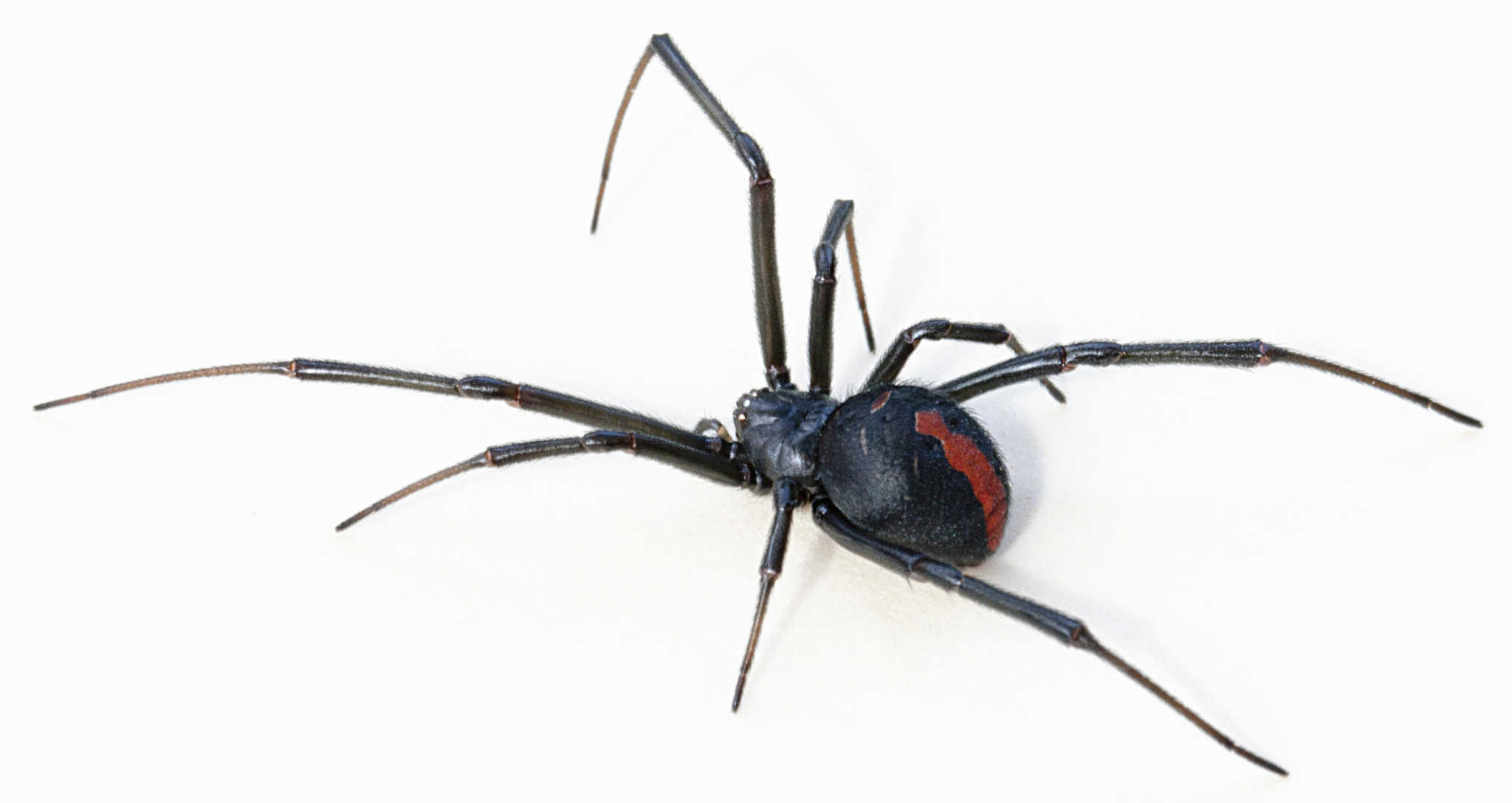Black widow spiders have a dark reputation not only of their venom but particularly what its name actually conveys. Just like when a person has been tagged with sinister labels, black widows are also plagued with controversies.
In this article we’re going to point out 5 amazing facts (not myths) about the black widow spiders. Read them and you will know how to identify them, how they behave and how you lessen your risk of getting bitten.

- Black widow spiders do not always have black coloring.
- There are three kinds of black widow spider in the U.S.A.—the northern, western and southern. They are all referred to as member s of the genus Lactrodectus from which there are 31 known species worldwide. From these come two other color variations: the brown and red widows.
- Only adult female black widow spiders give dangerous bites.
- Female black widows are bigger than their male counterparts. According to observations, female black widows can effectively penetrate the vertebrate’s skin and inject venom compared to the male. Additionally, male and spiderlings rarely do the bite and some experts even claim that they do not bite at all!
- Female black widow spiders are not all sexual cannibals.
- Contrary to what we believe in, it is NOT a custom for female black widow spiders to eat their partners after mating. Experts say that this connotation does not perfectly fit the black widows.
- Not all black widow spiders are marked with the distinguished red hour glass marking.
- Even this marking is like a red alert sign that the spider in front of you is a black widow. Yes, most species of the black widow have the bright red or orange hourglass markings. But some are exceptions like the northern black widow that has an incomplete hour glass mark in its abdomen. The red widow (Lactrodectus bishop) does not have this marking at all.
- Black widow venom is 15x more toxic than that of the prairie rattle snake but its bite is rarely fatal.
- Black widow venom has a high concentration of neurotoxins that can cause hypertension, severe pain, muscle cramps, weakness and heavy sweating in its victims. However, we must note that these spiders lack the bulk of prairie rattle snakes; thus, they are built to subdue small invertebrates and not large mammals like humans.
